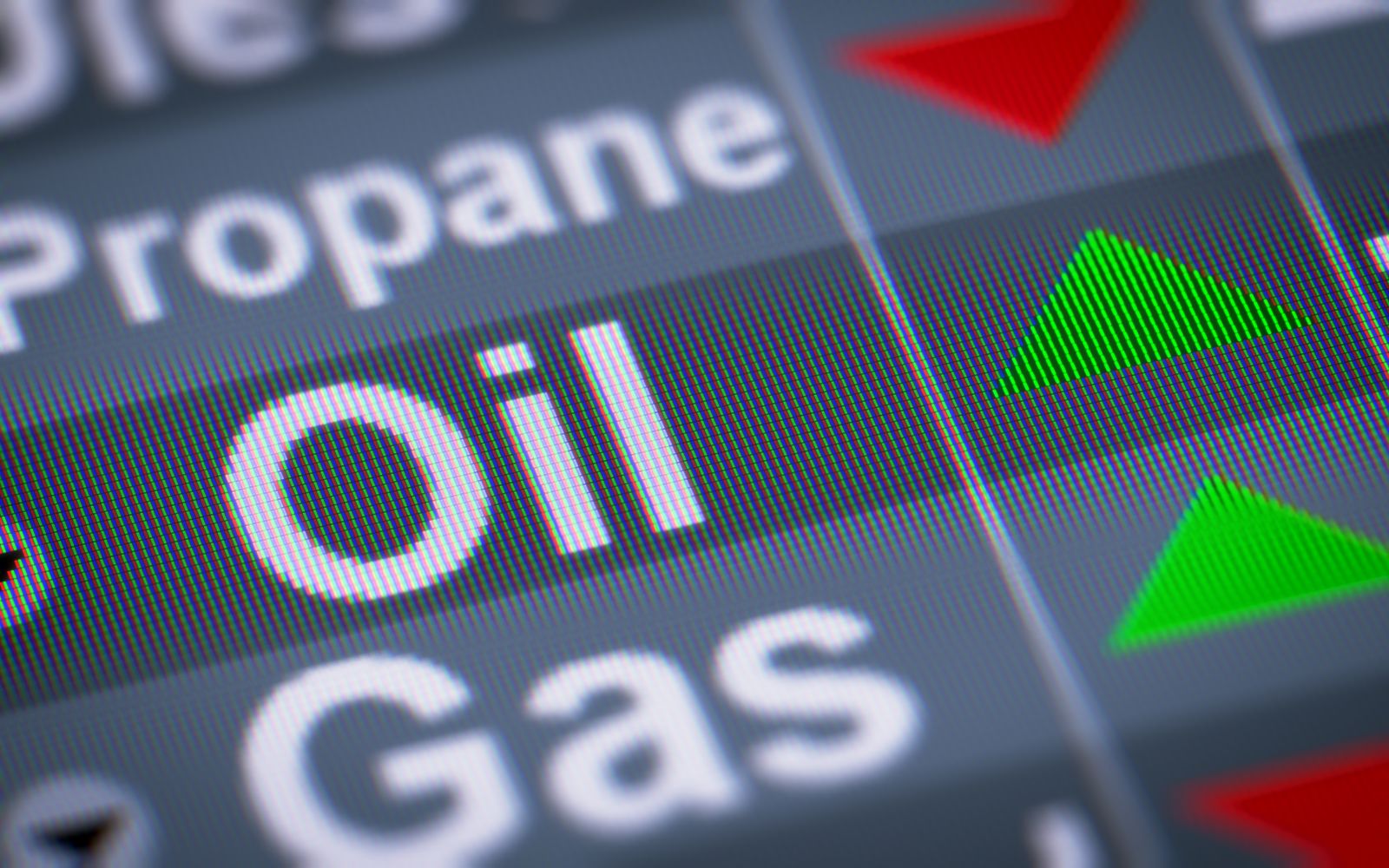
Saudi Arabia is the cartel’s leading producer and most powerful member. Meanwhile, over the past years, Russia emerged as an influential non-member, cooperating with the cartel on production policy. Therefore, OPEC’s policy decisions have become a function of decisions made in Riyadh and Moscow. Going into the latest meeting, oil prices had declined from the 2022 highs of over $130 per barrel for the two benchmark futures markets, the ICE Brent and the NYMEX WTI contracts. With WTI near $70 and Brent $75 before the latest meeting, OPEC plus Russia faced a bearish trend as economic weakness in China and U.S. SPR sales weighed on the energy commodity’s price. In a sign that the June 4 OPEC meeting would be highly contentious, the cartel banned the press, a departure from the past.
OPEC+ Supports Prices on June 4
Saudi Arabia announced it would make significant output cuts, lowering July production to nine million barrels per day. OPEC plus Russia agreed to limit supplies into 2024 to boost petroleum prices.
Output targets for Russia, Nigeria, and Angola were brought in line with output, and the cartel is allowing the UAE to increase production in 2024. While there were no shocking developments from OPEC’s biannual meeting, the cartel’s actions support its mission to balance supply and demand and achieve the highest possible petroleum price for countries and investors.
Crude oil futures edge higher
Since there were no shocks, the price volatility remained calm, with a small rally following the June 4 meeting.

As the chart shows, July NYMEX crude oil futures settled at $71.74 per barrel on June 2 and edged higher, reaching just over the $75 per barrel level following the latest OPEC+ meeting before falling back to $71.50 on June 6.

August Brent crude oil futures were also slightly higher after the cartel’s meeting, settling at $76.13 on June 2 and trading up to a $78.72 per barrel high on June 5.
The U.S. is a lurking buyer
The U.S. Strategic Petroleum Reserve fell to 355.4 million barrels for the week ending on May 26, 2023. With the reserves at the lowest level since September 1983, the U.S. Department of Energy has told markets it plans to purchase three million barrels in June if the price is around the $67 to $72 per barrel target range. However, the DoE has not stated if the range is for the lower-priced WTI or the higher-priced Brent benchmarks.
The bottom line is that after selling an unprecedented amount of crude oil from its SPR in 2022 and 2023, the U.S. administration plans to replace barrels when the price drops to its target price range. The extent and pace of the buying remain a mystery, but it is likely that buying will not be as aggressive as the selling that kept a cap on oil prices over the past year.
China is a critical factor for the prices
China’s economic weakness has caused the global demand for crude oil to decline. OPEC+ has repeatedly cited Chinese demand as a reason for production declines.
China and India are the world’s most populous countries, with over one-third of the global population. China and India have not joined the U.S. and Europe in the climate change initiatives that encourage the production and consumption of alternative and renewable fuels while inhibiting traditional energy products. Since China is the world’s second-leading economy, a recovery over the coming weeks and months could increase crude oil demand, pushing prices higher. OPEC+ cuts, U.S. plans to replace the SPR, and a sudden surge in Chinese demand could be a potent bullish cocktail for the crude oil futures markets. In early June 2023, China is a crucial factor for the path of least resistance of prices.
$62.43 on WTI and $65.77 on Brent are critical supports
If Chinese demand does not materialize soon, crude oil faces critical technical support below the $70 per barrel level on the nearby WTI and Brent benchmarks.

The ten-year chart of NYME WTI futures highlights technical support stands at the December 2021 $62.43 low. The energy commodity came close to testing the level in March 2023, when the continuous contract price fell to $64.12, and in May 2023, when the low was $63.57. However, the December 2021 has held, making it a downside target during selloffs.

The Brent ten-year chart illustrates technical support at the December 2021 $65.77 low. In March 2023, nearby Brent futures fell to $70.13 and in May 2023 to $68.20, but the December 2021 low stands as the crucial support level.
The latest OPEC+ policy decisions will likely keep nearby crude oil prices stable. Saudi Arabia needs Brent prices above the $80 per barrel level to balance its domestic budget, and Russia requires higher prices to continue funding its war efforts. U.S. plans to buy could create a floor in nearby oil prices, but Chinese demand is the critical factor for the path of least resistance of the energy commodity’s price during the second half of 2023.
On the date of publication, Andrew Hecht did not have (either directly or indirectly) positions in any of the securities mentioned in this article. All information and data in this article is solely for informational purposes. For more information please view the Barchart Disclosure Policy here.






